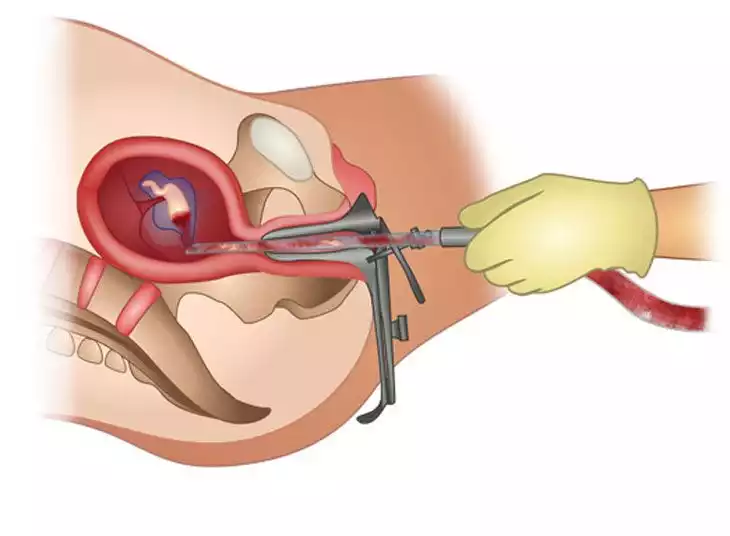
Aspiration Abortion: Understanding Manual Vacuum Aspiration (MVA) and Electric Vacuum Aspiration (EVA)
February 02, 2024 13:56
November 03, 2024 9:12
Introduction:
Aspiration abortion is a medical procedure used for the termination of pregnancy. It involves the removal of uterine contents using suction. There are two commonly used methods for aspiration abortion: Manual Vacuum Aspiration (MVA) and Electric Vacuum Aspiration (EVA). In this article, we will delve into the details of these procedures, their differences, and what to expect.
1. Manual Vacuum Aspiration (MVA):
MVA is a gentle and minimally invasive procedure performed using a handheld syringe or manual vacuum pump. Here’s what you should know about MVA:
Procedure:
A local anesthetic may be used to numb the cervix. A healthcare professional will then insert a thin tube through the cervix into the uterus and create suction using the manual vacuum device, gently removing the pregnancy tissue.
Advantages:
MVA can be performed earlier in pregnancy (up to 10 weeks) and is generally safe, cost-effective, and accessible.
Recovery:
Recovery is typically quick, with minimal discomfort. Side effects may include cramping, light bleeding, and temporary changes in menstrual patterns.
2. Electric Vacuum Aspiration (EVA):
EVA is a similar procedure to MVA, but it uses an electric-powered vacuum machine. Here’s a closer look at EVA:
Procedure:
Similar to MVA, a healthcare professional will numb the cervix and insert a tube into the uterus to create suction. The difference lies in the power source, as an electric vacuum machine is used instead of a manual device.
Advantages:
EVA is often used for later pregnancies (up to 15 weeks). The electric vacuum provides stronger suction, making the procedure faster and more efficient.
Recovery:
As with MVA, recovery is mostly quick. Cramping, bleeding, and changes in menstrual patterns may occur. The use of anesthesia during EVA can lessen any potential discomfort.
Important Considerations for Aspiration Abortion:
- Safety: Aspiration abortion is generally safe when performed by trained healthcare professionals in an appropriate setting. Complications are rare but can include infection, bleeding, and perforation of the uterus.
- Emotional Support: It’s important to have emotional support throughout the process. Reach out to healthcare providers for referrals to supportive counseling services if needed.
- Aftercare: Following an aspiration abortion, it’s crucial to take care of yourself. Follow your healthcare provider’s instructions regarding post-procedure care, rest, and any required follow-up appointments.
Seek Professional Medical Help:
While this article provides general information about aspiration abortion, it’s essential to consult with a healthcare professional to discuss your individual circumstances. They can provide personalized advice, answer any specific questions, and guide you through the entire process.
Remember, your healthcare provider is the best resource for providing accurate information and addressing any concerns you may have.
Conclusion:
Aspiration abortion, whether performed using MVA or EVA, is a medical procedure used for the termination of pregnancy. It’s significant to understand the distinctions between these methods and consult with a healthcare professional for personalized advice and guidance.
Remember, always prioritize your health and seek professional medical help when making decisions about your reproductive health.
Author
 Dr. Kopp Kallner. M.D. in Obstetrics & Gynecology, Columbia University Medical School.
Dr. Kopp Kallner. M.D. in Obstetrics & Gynecology, Columbia University Medical School.

 Français
Français Deutsch
Deutsch Español
Español Русский
Русский